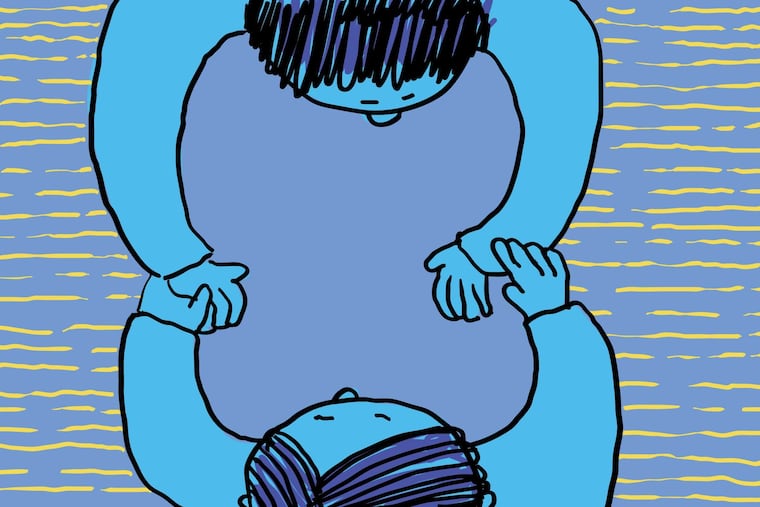What’s the fate of hugs, handshakes, and high-fives in a post-pandemic world?
“I think it’s going to be like a high-school dance. Everyone is nervous about getting on the dance floor."

“I think it’s going to be like a high-school dance. Everyone is nervous about getting on the dance floor."
